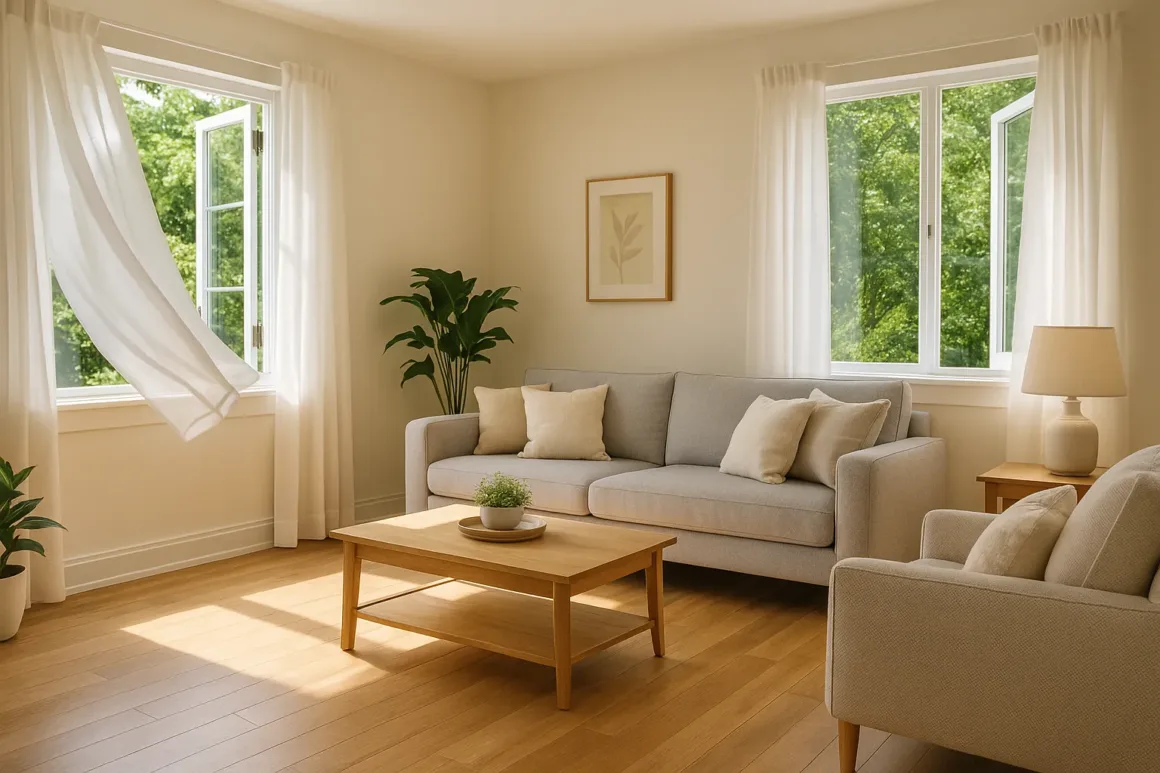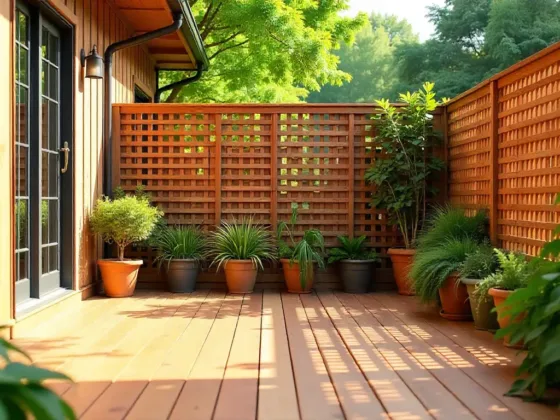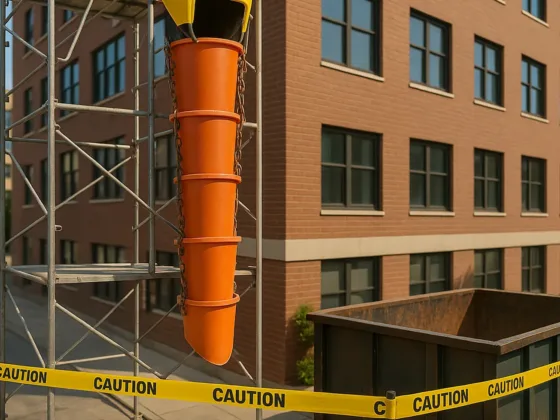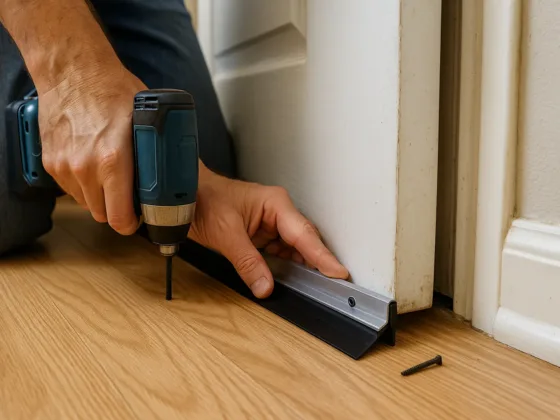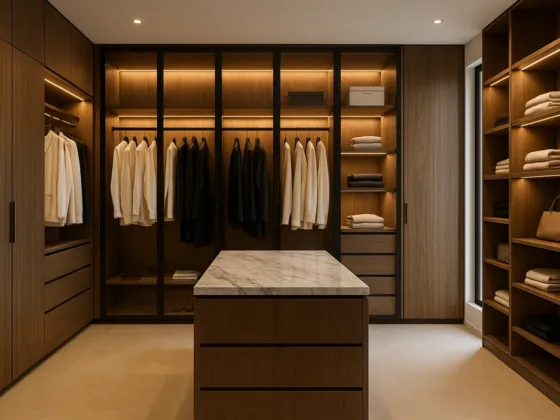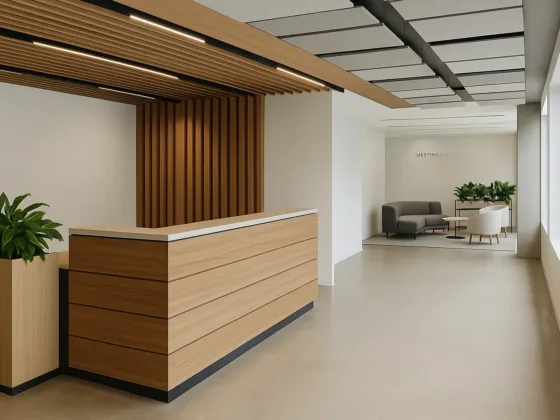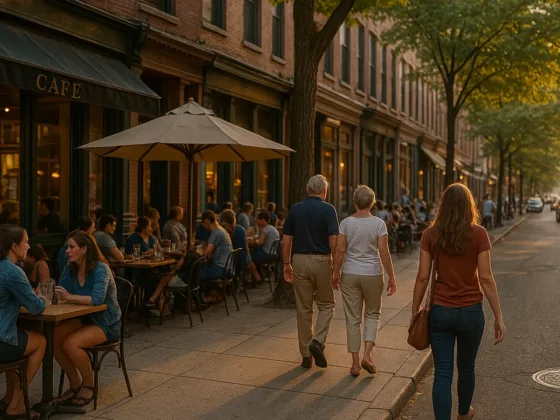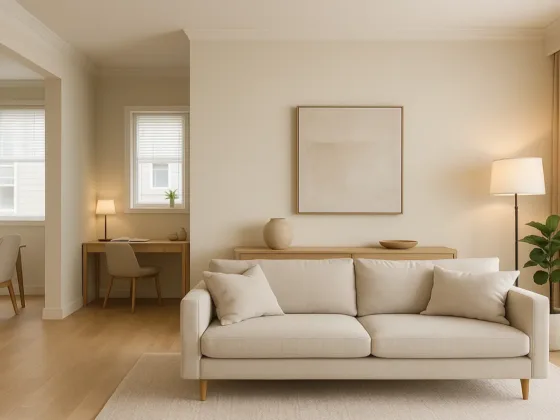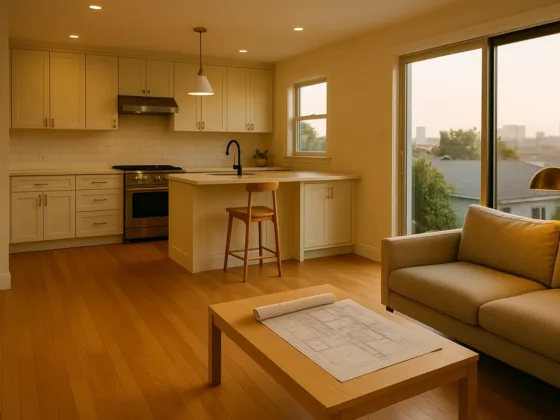Table of Contents Show
When your house feels heavy, stuffy, or smells “off,” the problem usually comes down to airflow. Fresh air depends on circulation and a well-maintained HVAC system. Without it, odors, humidity, and pollutants linger, creating that stale, flat smell many homeowners notice—especially after being away.
This guide explains what stale air is, how to recognize it, and practical ways to refresh your home, from no-tool beginner fixes to more advanced ventilation strategies.
What Is Stale Air?
Stale air is indoor air that has become stagnant—meaning it isn’t being replaced or refreshed. When circulation slows down, carbon dioxide, moisture, and pollutants build up instead of escaping outdoors. According to the EPA, inadequate ventilation is one of the most common causes of poor indoor air quality.
This is most common in:
- Energy-efficient homes sealed tightly for insulation
- Rooms without proper ventilation
- Houses where HVAC systems don’t draw in enough fresh air
Everyday life adds to the issue. Cooking produces fumes, showers release steam, pets shed dander, and even furniture slowly releases chemicals. Without fresh air exchange, these odors accumulate—making the air feel heavy and unbalanced.
👉 Think of it like a fish tank. If the water isn’t filtered, toxins accumulate even though the fish are still swimming. Indoor air works the same way.
What Does Stale Air Smell Like?
Stale air doesn’t have one single smell—it’s usually a mix. Homeowners often describe it as:
- Musty or earthy (like a basement)
- Sour or “old” (linked to humidity)
- Flat or heavy (oppressive without a sharp odor)
- Papery/dusty (from carpets, fabrics, or books)
- Slightly sweet or chemical (from lingering VOCs in paints or cleaners)
💡 Try this test: Step outside for a few minutes, then re-enter your home. If the air feels heavy or presses on your sinuses before you notice a distinct odor, you’re dealing with stale air.
Why Your House Smells Stale After a Vacation
When you’re away, airflow slows to a crawl. Doors stay closed, windows locked, and the HVAC fan usually sits off. During that time:
- Fabrics, carpets, and upholstery absorb odors and slowly release them back
- Furniture foam, paint, and flooring continue to off-gas chemicals
- Moisture builds without natural light or air exchange
- Bacteria in drains and garbage bins keep producing odors
The result isn’t a “new” smell—it’s that background odors get bottled up until you return and notice them.
Everyday Habits That Make Stale Odors Worse
Some habits unintentionally lock in stale air:
- Skipping bathroom/kitchen exhaust fans
- Closing interior doors and blocking vents
- Letting HVAC filters go unchanged (ASHRAE ventilation standards recommend replacing filters regularly)
- Running HVAC only for heating/cooling, not year-round circulation
- Using air fresheners or sprays (they often add more VOCs instead of cleaning the air)
- Leaving clutter or rarely washed textiles (pillows, curtains, upholstery)
- Keeping blinds closed (reduces natural sunlight that helps fight bacteria and mold spores, per CDC)
How to Fix a House That Smells Stale (Beginner No-Tool Tips)
If you’re new to airflow tricks or don’t own fans, here are practical, no-tool options:
1. Cross-breeze reset (no fan required)
Open two windows on opposite sides of a room for 10–15 minutes. Walk through the room to help the air circulate more efficiently.

2. DIY “air stir”
Wave a towel, pillowcase, or piece of cardboard around the room. It may feel silly, but it helps move stagnant air toward open windows.
3. Moisture control
If humidity is high, stale odors intensify. The CDC recommends drying damp fabrics and increasing ventilation to prevent odors and mold growth. Even leaving closet doors open or drying damp towels outdoors helps.
4. Odor absorption bowls
Place small bowls of baking soda, activated charcoal, or even coffee grounds around the room. These pull odors from the air rather than masking them.
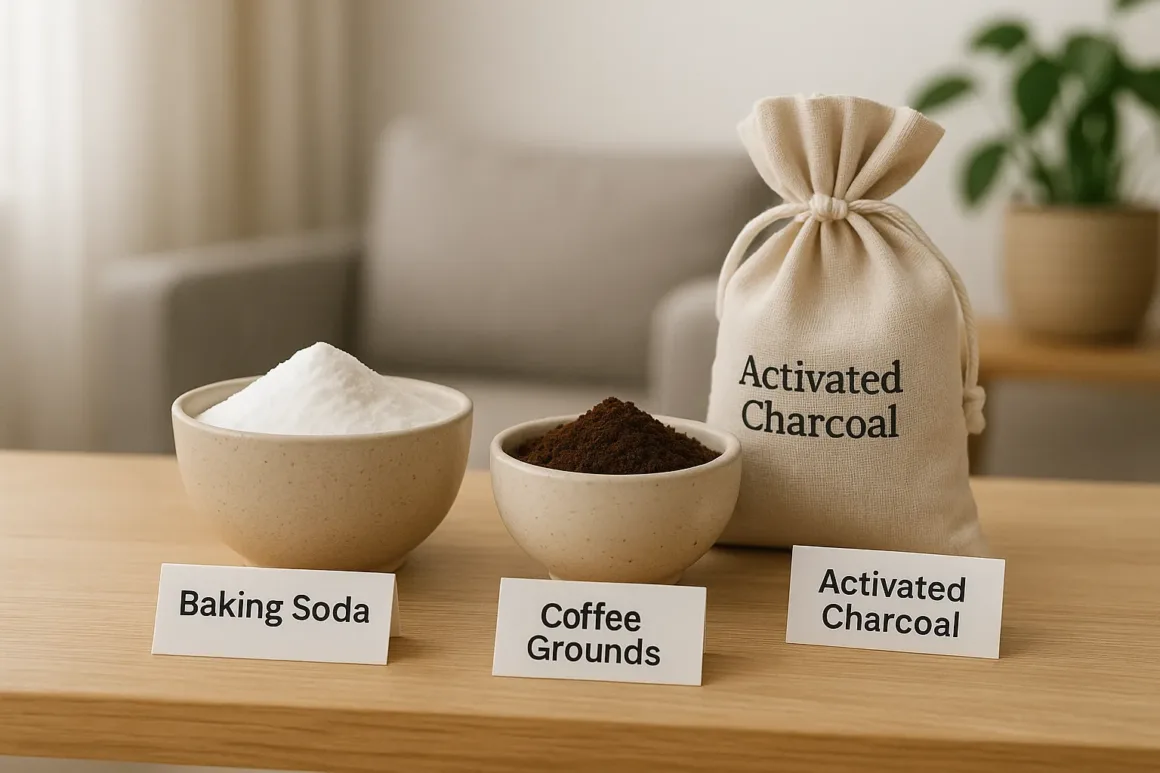
5. Simplified heat-flush trick
- Turn your thermostat fan to “on.”
- Raise the heat by a few degrees for about 5 minutes.
- Crack open one window.
The expanding warm air helps push stale air out and pull fresher air inside.
Even without fans or special equipment, these methods can make a noticeable difference.
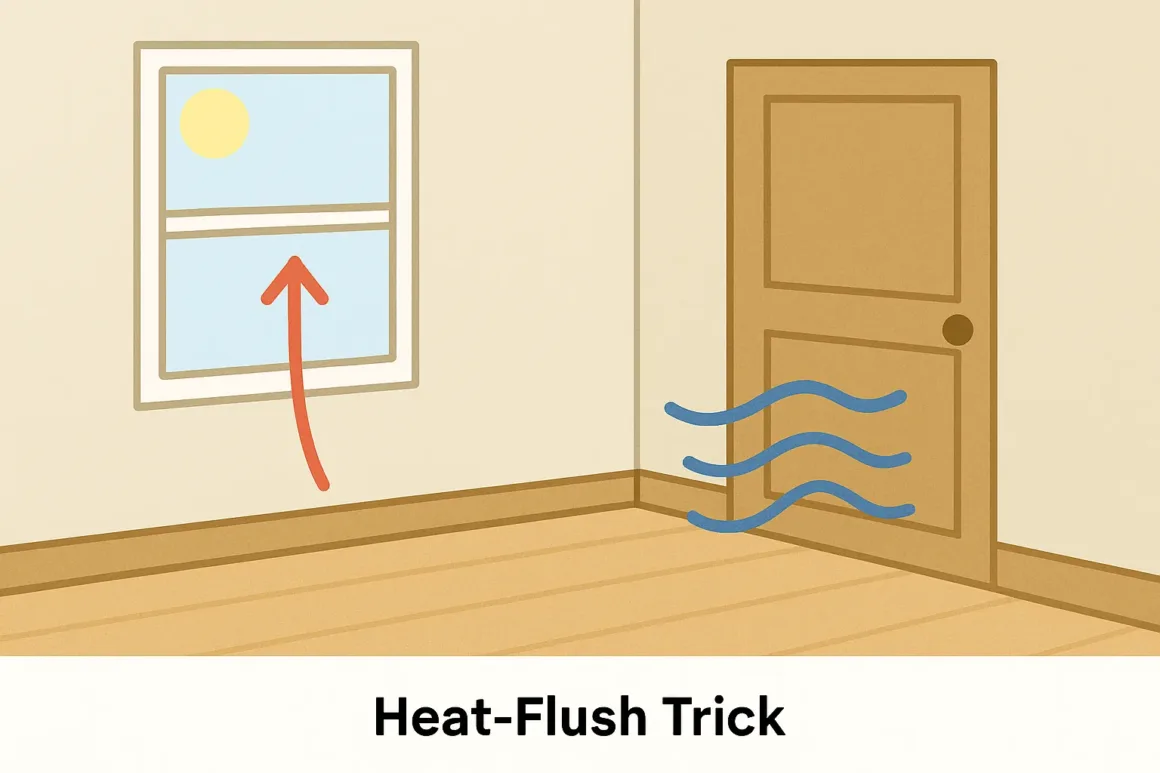
Long-Term Airflow Tricks
For ongoing freshness, consider these practices:
- Run your HVAC fan on “circulate” mode for a few hours daily
- Leave interior doors slightly open so air travels from room to room
- Open windows briefly (5–10 minutes at cooler times of day)
- Reverse ceiling fans in winter to push warm air down
- Use plants like snake plants or peace lilies (oxygen release + visual freshness)
- Ensure bathroom/kitchen exhausts vent outdoors, not into attics or crawlspaces (EPA)
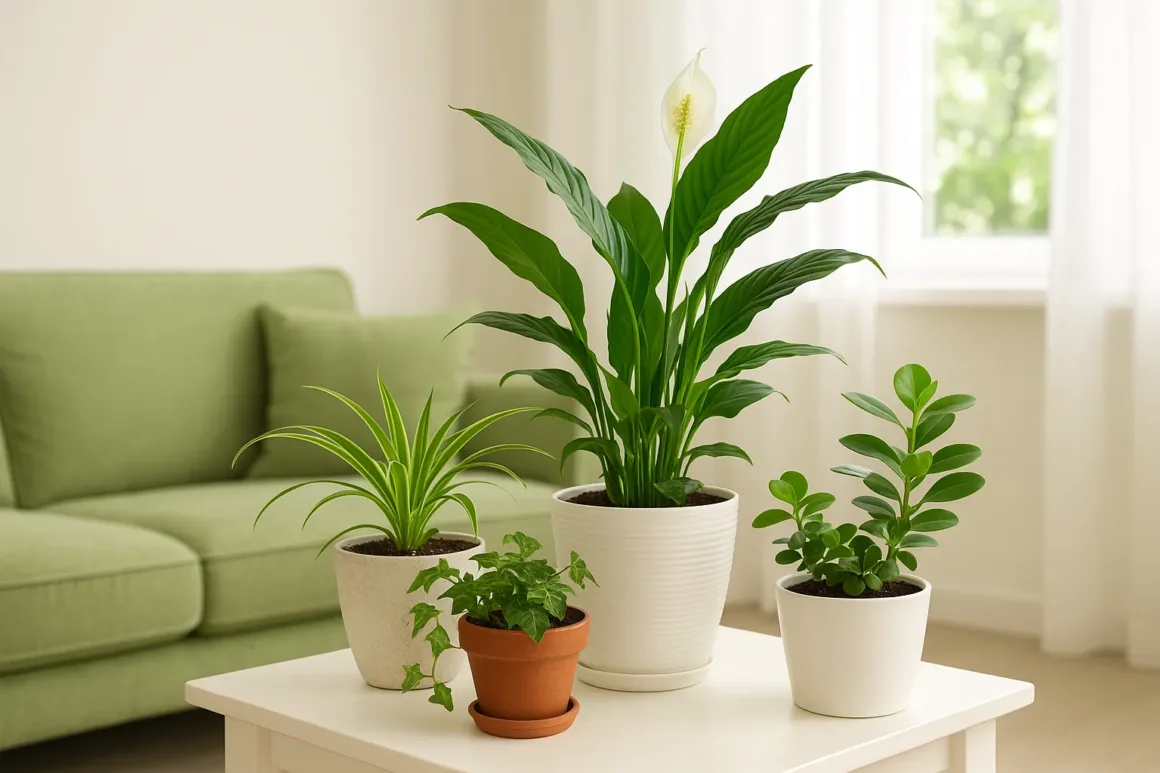
Cost & Effort Breakdown
| Solution | Cost | Effort | Effectiveness |
|---|---|---|---|
| Open windows | Free | Low | Quick but temporary |
| Odor absorption (soda/charcoal) | $5–$15 | Low | Effective short-term |
| Fabric cleaning | $10–$30 | Medium | Removes odor sources |
| HVAC filter replacement | $20–$50 | Low | Key for air quality |
| Dehumidifier | $150–$250 | Medium | Manages humidity & odors |
| HVAC pro inspection | $150–$400 | Medium | Identifies air quality root causes |
| Upgraded ventilation | $1,000+ | High | Long-term solution |
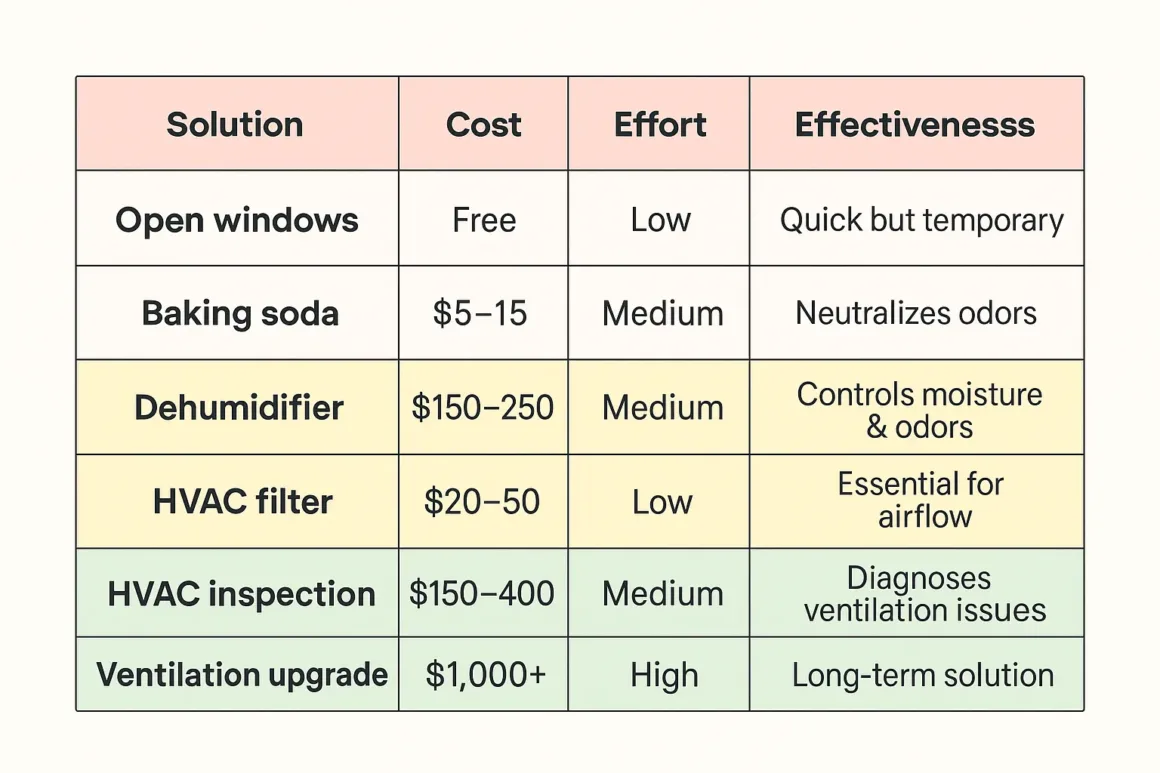
When a Stale Smell Signals Trouble
Sometimes stale air isn’t just unpleasant—it’s a warning sign.
- Hidden mold → behind walls, carpets, or flooring
- Ventilation problems → HVAC not pulling in fresh air
- Moisture damage → crawlspaces, basements, or attics
⚠️ Pay attention to symptoms: headaches, fatigue, or congestion that ease when you leave home may indicate trapped VOCs or high CO₂ levels (NIOSH). In such cases, inspect for mold or consult an HVAC professional.
FAQs About Stale Indoor Air
Q1: How do I freshen a house that smells musty?
Open windows for a cross-breeze, use odor absorbers like baking soda, and wash fabrics that trap smells.
Q2: Why does my house smell stale even after cleaning?
Because stale odors come from poor airflow, not dirt. Circulation fixes the root cause better than surface cleaning alone.
Q3: Can stale indoor air make me sick?
Yes. Poor air circulation can trap allergens, VOCs, and moisture that lead to headaches, congestion, or fatigue (CDC).
Q4: What are the signs of poor ventilation?
Lingering odors, condensation on windows, and rooms that never feel fresh are all key signs (EPA).
Written by Caroline Blazovsky, known as “America’s Healthy Home Expert.” Caroline is a certified environmental consultant and the founder of My Healthy Home—dedicated to creating safer, healthier living environments. Learn more about her work and mission here.
Reviewed by a licensed HVAC professional for accuracy.
Last updated: August 2025
